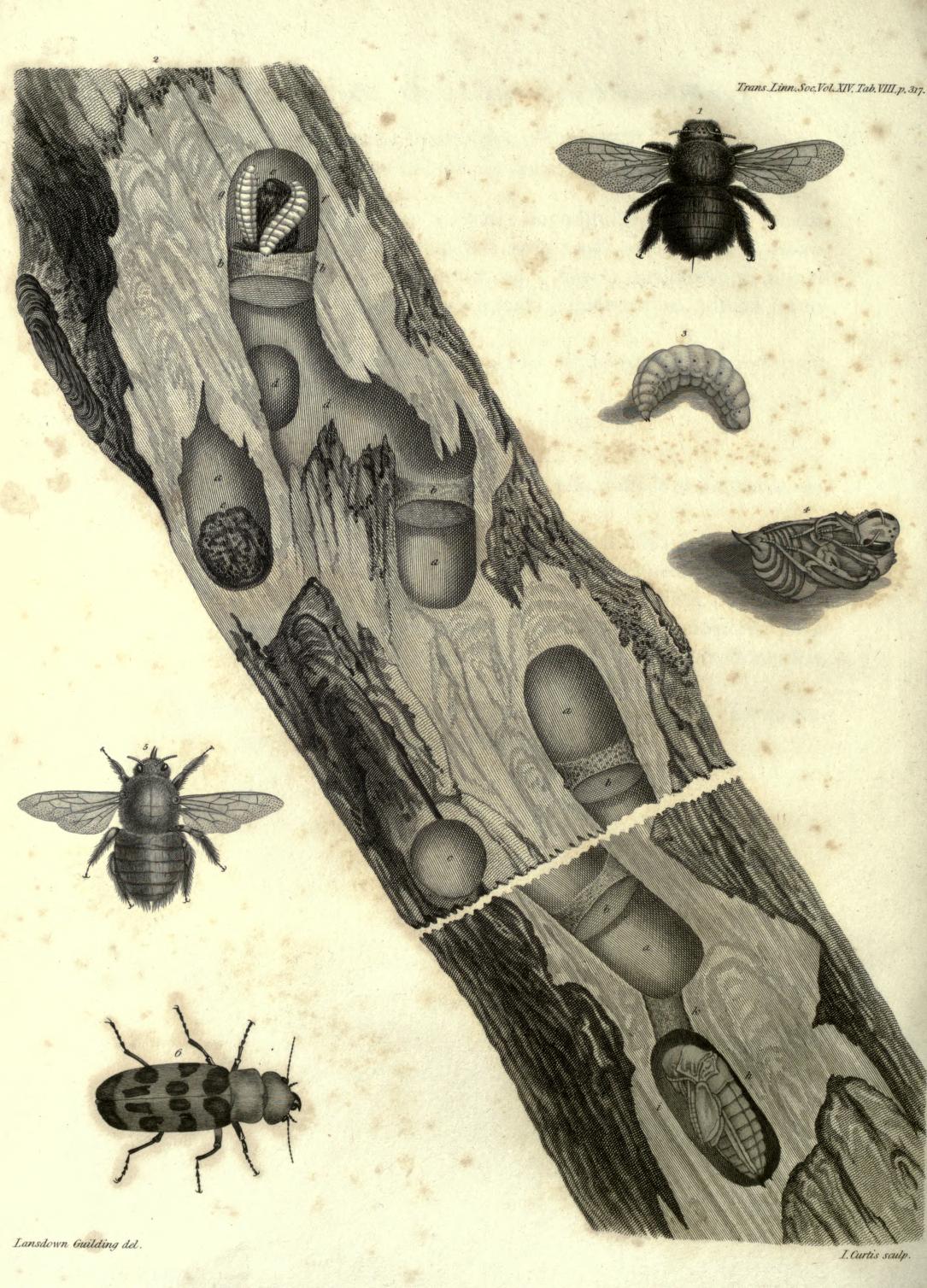|
Petrophila Fluviatilis
''Petrophila fluviatilis'' is a moth in the family Crambidae. It was described by Lansdown Guilding in 1830. References Petrophila Moths described in 1830 Taxa named by Lansdown Guilding {{Petrophila-stub ... [...More Info...] [...Related Items...] OR: [Wikipedia] [Google] [Baidu] |
Lansdown Guilding
Lansdown Guilding (9 May 1797 – 22 October 1831) was a theologian and naturalist. He is best known for his works on the flora and fauna of St Vincent in particular and on the Caribbean in general. He wrote numerous illustrated papers for journals of scholarly societies in England including the first descriptions of velvet worms and scale insects in the ground pearl family. Guilding was born on 9 May 1797 in Kingstown, Saint Vincent and the Grenadines. He was one of six siblings, son of the Reverend John Guilding and his wife Sarah. In 1802, at the age of 5, he was sent to England, where he studied at Oxford University. In 1817, after receiving a B.A. degree, he returned to his home country. His father died in 1818, and he took up work as garrison chaplain and left for England in 1819. In 1821, Guilding travelled to England to marry Mary Hunt, daughter of the Rev. S. Hunt, rector of Wakerly and St. George's Church, Stamford. From 1824 to 1826 he disputed with Robert Herries for ... [...More Info...] [...Related Items...] OR: [Wikipedia] [Google] [Baidu] |
Moth
Moths are a paraphyletic group of insects that includes all members of the order Lepidoptera that are not butterflies, with moths making up the vast majority of the order. There are thought to be approximately 160,000 species of moth, many of which have yet to be described. Most species of moth are nocturnal, but there are also crepuscular and diurnal species. Differences between butterflies and moths While the butterflies form a monophyletic group, the moths, comprising the rest of the Lepidoptera, do not. Many attempts have been made to group the superfamilies of the Lepidoptera into natural groups, most of which fail because one of the two groups is not monophyletic: Microlepidoptera and Macrolepidoptera, Heterocera and Rhopalocera, Jugatae and Frenatae, Monotrysia and Ditrysia.Scoble, MJ 1995. The Lepidoptera: Form, function and diversity. Oxford, UK: Oxford University Press; 404 p. Although the rules for distinguishing moths from butterflies are not well establishe ... [...More Info...] [...Related Items...] OR: [Wikipedia] [Google] [Baidu] |
Crambidae
The Crambidae are the grass moth family of lepidopterans. They are variable in appearance, the nominal subfamily Crambinae (grass moths) taking up closely folded postures on grass stems where they are inconspicuous, while other subfamilies include brightly coloured and patterned insects which rest in wing-spread attitudes. In many classifications, the Crambidae have been treated as a subfamily of the Pyralidae or snout-moths. The principal difference is a structure in the tympanal organs called the praecinctorium, which joins two tympanic membranes in the Crambidae, and is absent from the Pyralidae. The latest review by Munroe and Solis, in Kristensen (1999), retains the Crambidae as a full family. The family currently comprises 15 subfamilies with altogether 10,347 species in over 1,000 genera. Systematics *subfamilia incertae sedis **''Conotalis'' Hampson, 1919 **''Exsilirarcha'' Salmon & Bradley, 1956 *Subfamily Acentropinae Stephens, 1836 *Subfamily Crambinae Latreille, ... [...More Info...] [...Related Items...] OR: [Wikipedia] [Google] [Baidu] |
Petrophila
''Petrophila'' is a genus of moths of the family Crambidae. The genus was described by Lansdown Guilding in 1830. Species *'' Petrophila aealis'' (Walker, 1859) *'' Petrophila aeglesalis'' (Walker, 1859) *''Petrophila aengusalis'' (Schaus, 1924) *'' Petrophila albulalis'' (Hampson, 1906) *'' Petrophila alvealis'' (C. Felder, R. Felder & Rogenhofer, 1875) *'' Petrophila amethystina'' (Schaus, 1912) *''Petrophila anna'' (Solis & Tuskes, 2018) *'' Petrophila annulalis'' (Guenée, 1854) *'' Petrophila argyrolepta'' (Dyar, 1914) *'' Petrophila argyrophora'' (Hampson, 1917) *'' Petrophila aroalis'' (Schaus, 1924) *'' Petrophila auspicatalis'' (Schaus, 1912) *''Petrophila avernalis'' (Grote, 1878) *'' Petrophila axis'' (Hampson, 1895) *'' Petrophila aztecalis'' (Schaus, 1924) *'' Petrophila bedealis'' (Schaus, 1924) *''Petrophila benezetalis'' (Schaus, 1924) *''Petrophila bifascialis'' (Robinson, 1869) *''Petrophila bijonalis'' (Dyar, 1914) *''Petrophila brunneodora'' (Dyar, 1914) *''P ... [...More Info...] [...Related Items...] OR: [Wikipedia] [Google] [Baidu] |
Moths Described In 1830
Moths are a paraphyletic group of insects that includes all members of the order Lepidoptera that are not butterflies, with moths making up the vast majority of the order. There are thought to be approximately 160,000 species of moth, many of which have yet to be described. Most species of moth are nocturnal, but there are also crepuscular and diurnal species. Differences between butterflies and moths While the butterflies form a monophyletic group, the moths, comprising the rest of the Lepidoptera, do not. Many attempts have been made to group the superfamilies of the Lepidoptera into natural groups, most of which fail because one of the two groups is not monophyletic: Microlepidoptera and Macrolepidoptera, Heterocera and Rhopalocera, Jugatae and Frenatae, Monotrysia and Ditrysia.Scoble, MJ 1995. The Lepidoptera: Form, function and diversity. Oxford, UK: Oxford University Press; 404 p. Although the rules for distinguishing moths from butterflies are not well establishe ... [...More Info...] [...Related Items...] OR: [Wikipedia] [Google] [Baidu] |


